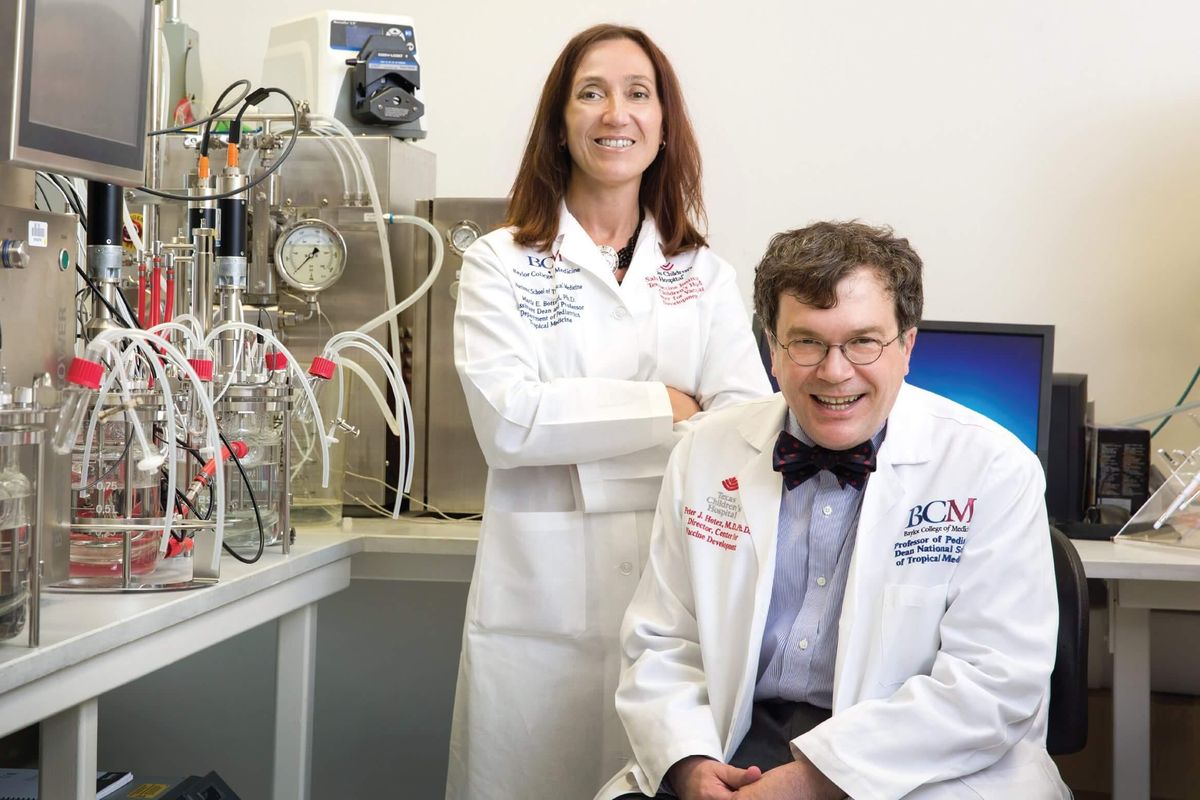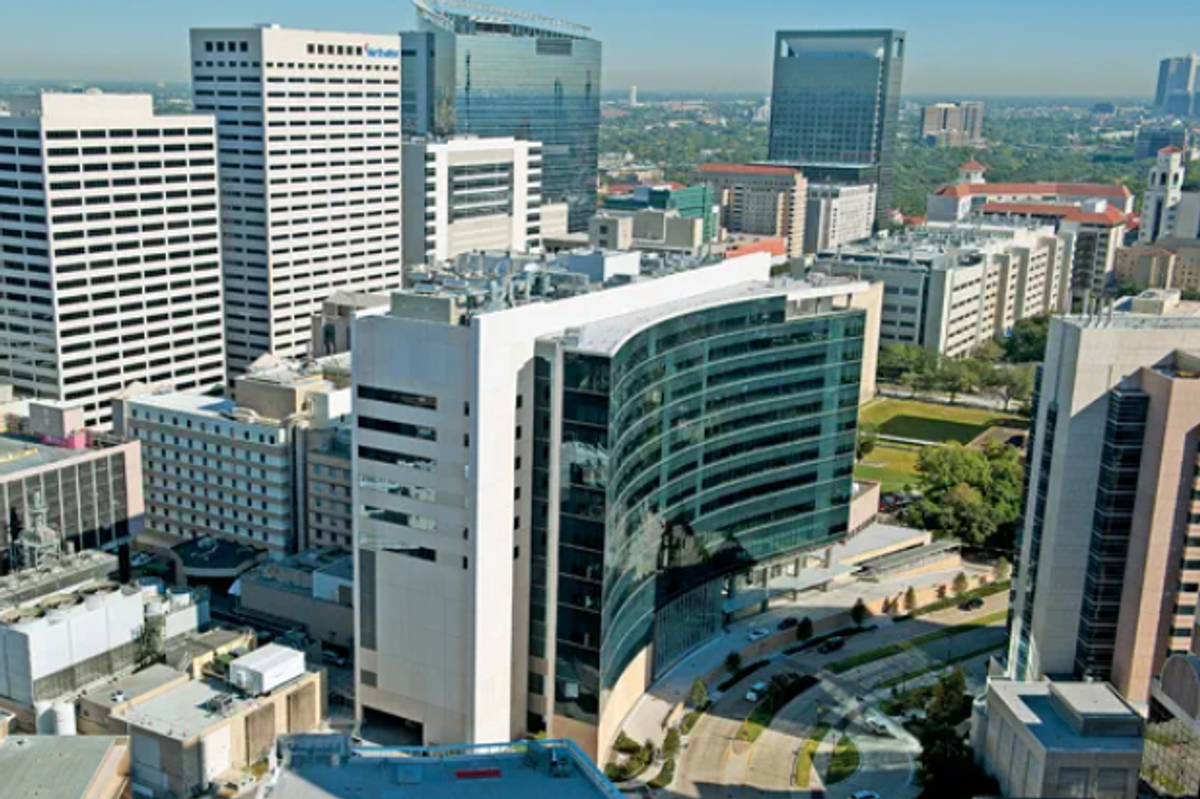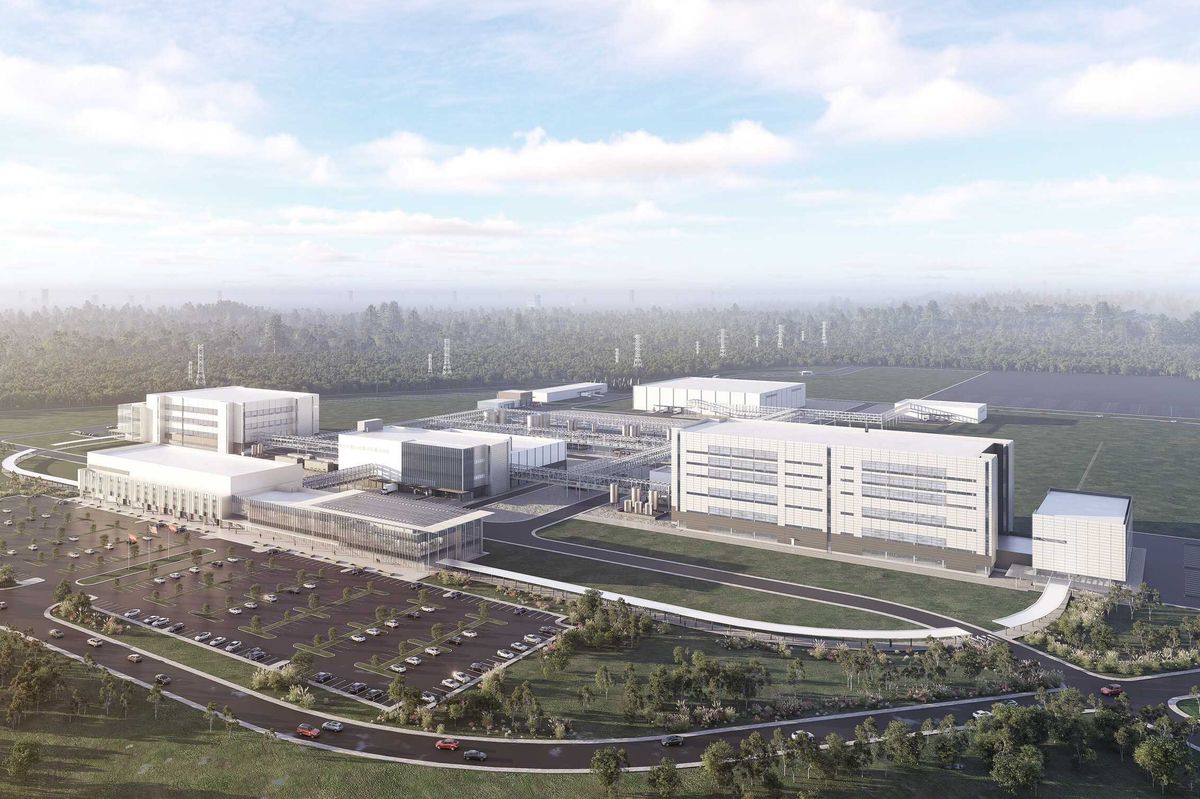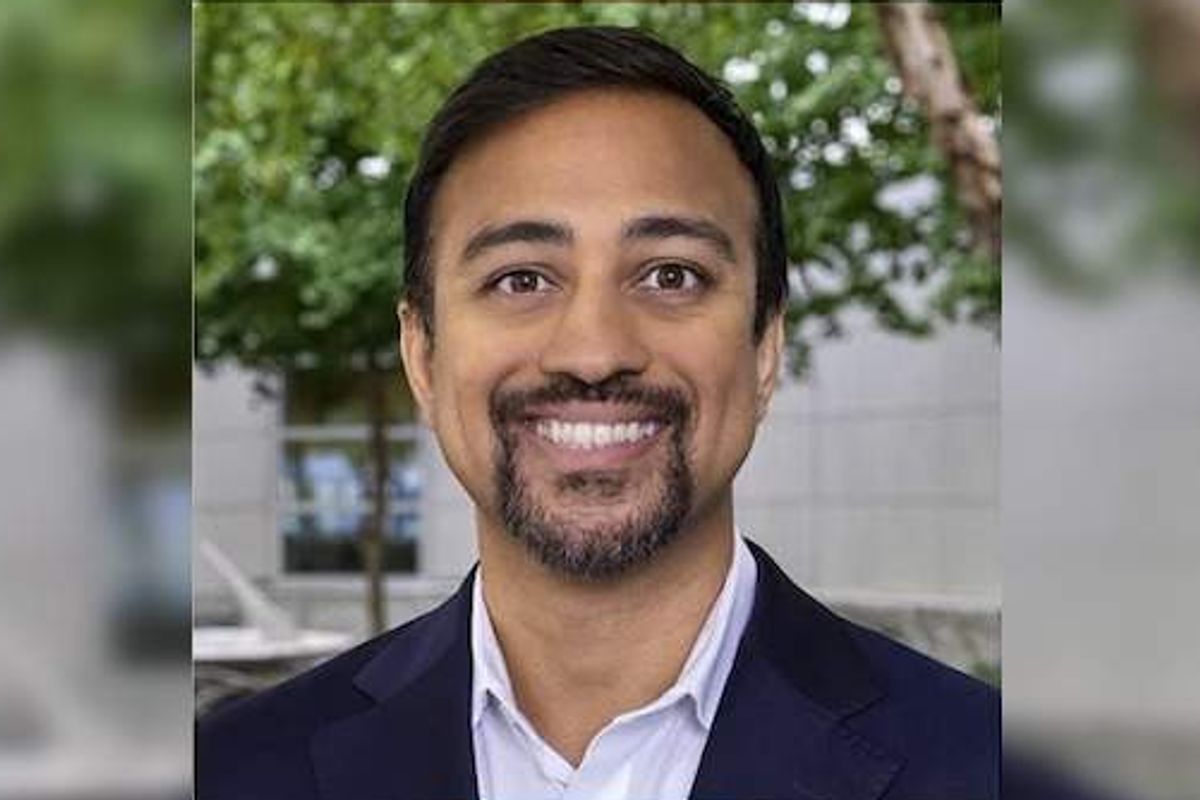Overheard: What Houston corporates are looking for from startups
eavesdropping at the ion
Hundreds of innovators from Houston and beyond flocked to the Ion's annual Activation Festival, and one of the topics discussed at the series of programming was the relationship between corporates and startups.
One of Houston's points of pride is having the third most Fortune 500 companies headquartered here, but how can the city's innovation ecosystem take advantage of that market? And, on the other side of it, how can corporates make the most of Houston innovators?
At a panel on May 17 entitled "Corporate-Startup Partnerships: How to Build Them, Sustain Them, and How They’re Key to Fast-Tracking Innovation and Growth," three corporate leaders explained how they navigate relationships with startups and how cultivating these opportunities is key to the future of business.
Here are a few of the discussion's highlights.
“Investing in the startup community generally, you’re never going to have a line of sight of where that value is going to come back. You can expect it — I’m not saying it’s altruism, it just comes back in forms that you might not appreciate.”
— Scott Gale, executive director of Halliburton Labs says, explaining that corporate contribution doesn't just have to be financial.
“Ask for advice, don’t ask for money. Show up. Be curious. If you think a corporate is the right potential customer for you, spend the time to try to understand what the people are, who the champions are, what motivates them, and what they need to do to be successful.”
— Tom Luby, director of TMC Innovation says, noting that it's tried-and-true advice, but still important to remember.
“The person who takes the most risk is the lead adopter — the lead user. That person puts their assets and their name on the line.”
— Nazeer Bhore, global manager, tech scouting, innovation and ventures at ExxonMobil Technology and Engineering, says. “What we bring to the table for startups is all the resources we have — technical resources, assets, use cases, testing facilities, and, of course, funding. Irrespective of what stage you’re in, or how many adjacencies you are, we’re always happy to engage with you," he explains. "The key is for us is to be a lead user.”
“The opportunity for us is to be generalists across a lot of different spaces and then work with our specialists to take a deeper dive. We listen to the market and try to find things our corporate partners or entrepreneurs are interested in and then surround them with the type of things they need to be successful. In many case, talent and expertise are top of that list.”
— Luby says, explaining the nature of the TMC's various programs, from creating startup tech directly and supporting them through their accelerators and even seeding them through the TMC Venture Fund.
“What startups bring is a lot of different ideas — but startups are temporary organizations that’s looking for a scalable and repeatable business model. And we’re not just interested in just the technology, but the business model.”
— Bhore says about what ExxonMobil looks for.
“The flywheel is spinning here in the city of Houston. The next five years are going to be incredibly exciting.”
— Gale says, explaining how much has changed in the past few years in Houston's innovation ecosystem.
- Houston innovation hub adds Oxy, United, and Woodside as partners ›
- Houston founders demystify startup journey on SXSW panel ›
- What Houston can expect from its rising innovation district ›
- 10+ can't-miss Houston business and innovation events for May ›
- Activate Houston names Jeremy Pitts as its inaugural managing director - InnovationMap ›
- Houston energy, innovation leader dies after hard-fought battle with cancer - InnovationMap ›




















